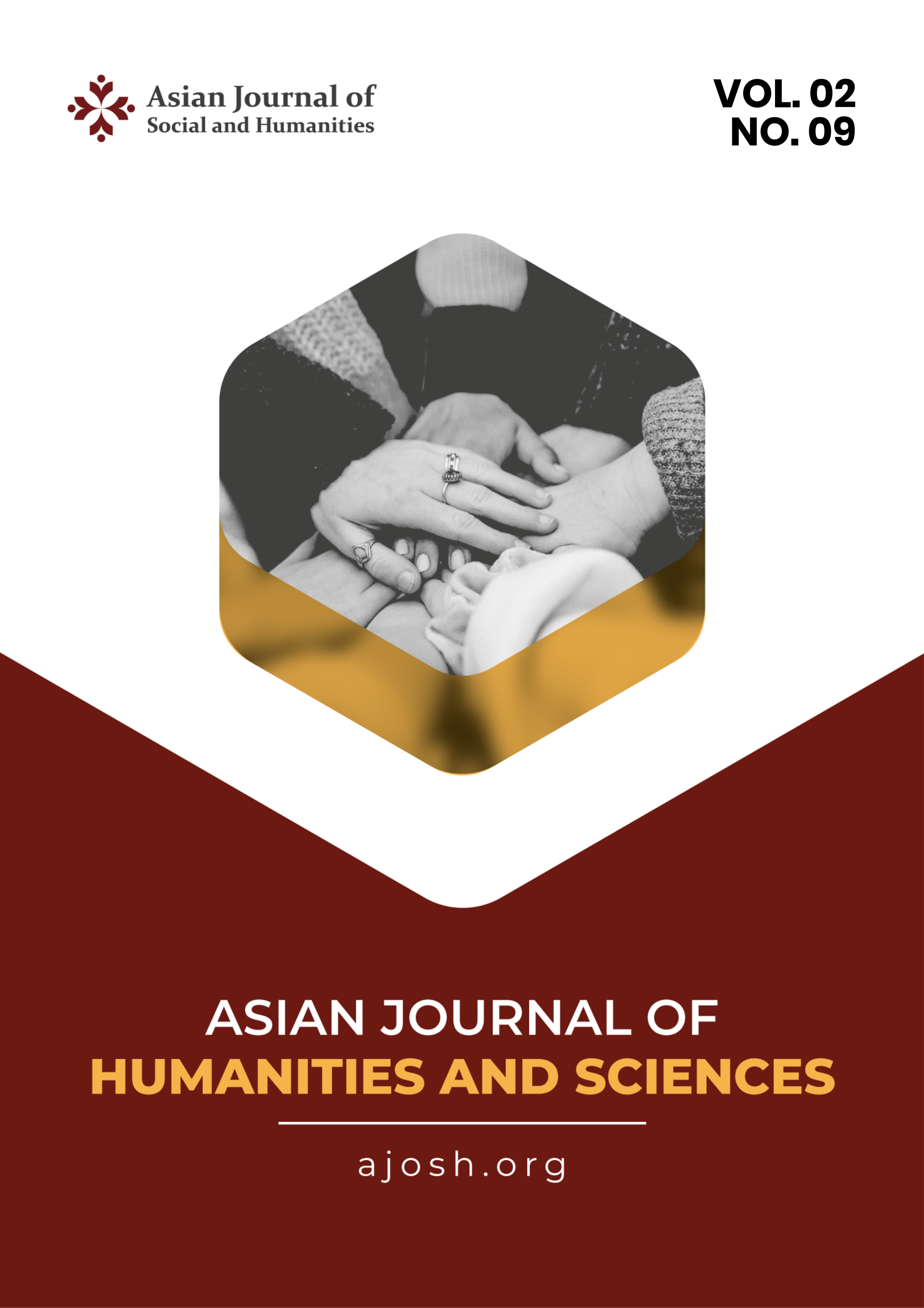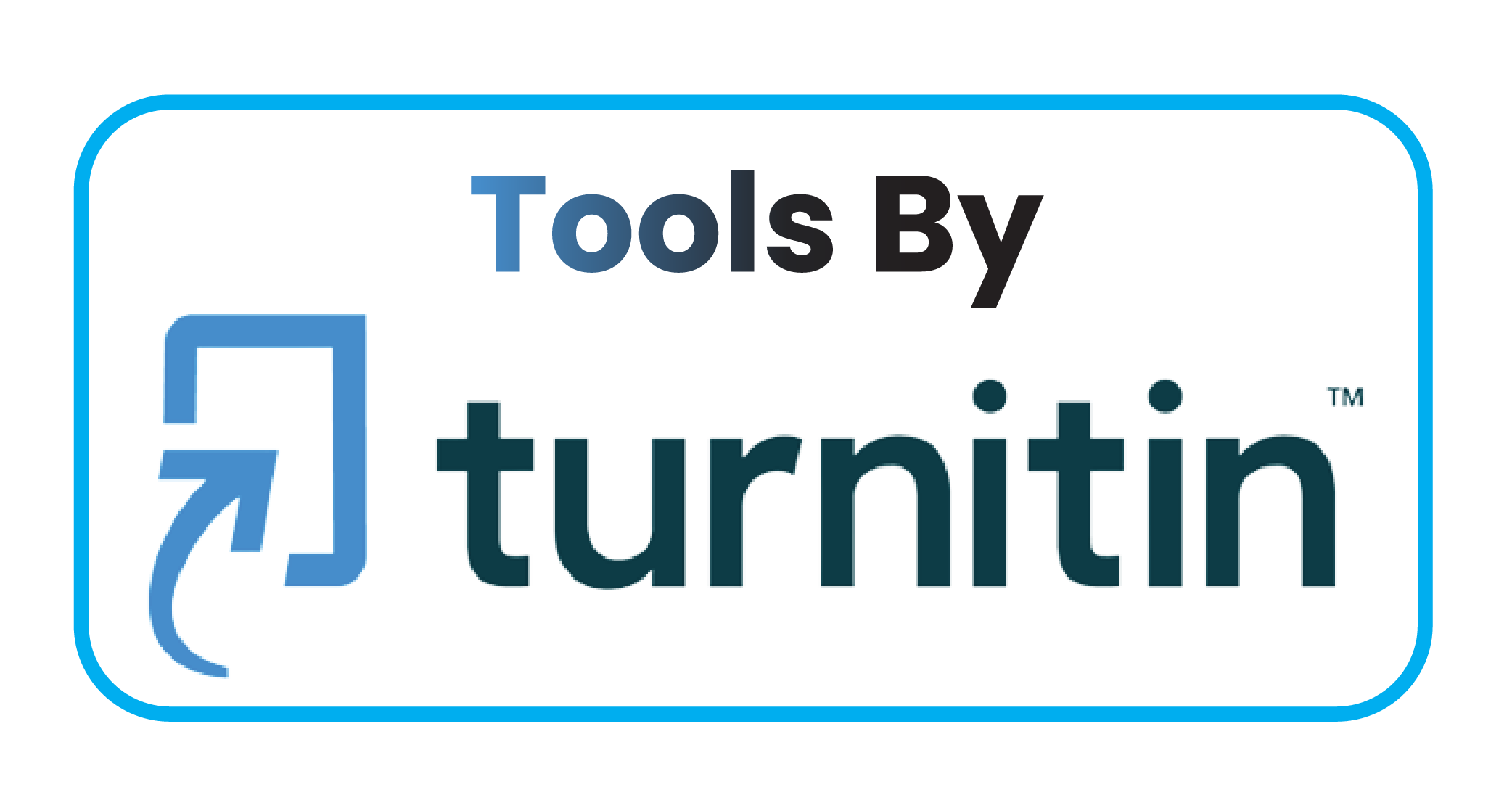Cirebon Class I Penitentiary Strategy in Preventing Drug Smuggling into Prison
DOI:
https://doi.org/10.59888/ajosh.v2i9.331Keywords:
penitentiary;, strategy;, drug smugglingAbstract
The drug problem in Indonesia is still something urgent and complex. In the past decade, this problem has become rife, as evidenced by the increase in the number of abuses and trafficking, to drug smuggling significantly, even spreading into prisons. The purpose of this study is to identify modes of smuggling, analyze the role and involvement of relevant parties, assess causal and driving factors, evaluate the effectiveness of surveillance and control systems. The method used in this research is empirical juridical by conducting direct research to the Cirebon Class I Penitentiary and also using the Deductive thinking method. Drug smuggling occurred at the Class I Cirebon Penitentiary, which was in the mode of visitors smuggling prohibited items into the Class I Cirebon Penitentiary, West Java, which was thwarted by officers of the Cirebon Class I Penitentiary. The items were 1 plastic meth clip and 150 grains of Alphrazolam type sedative into the Penitentiary. His modus operandi, the drug was hidden by a visitor inside his restricted area. The strategies carried out by correctional officers for the prevention of drug smuggling are physical security strategies and technological security strategies, as well as internal and external factors supervised by correctional officers. Over time, there have been many new modes of drug smuggling into prisons, so authorities continue to develop strategies to prevent drug smuggling by increasing security inside prisons and monitoring emerging modes of smuggling.
Published
Issue
Section
License
Copyright (c) 2024 Tri Ramdhani Hariwibowo, Andrey Kristianto, Hartono Hartono, Harmono Harmono, Ari Nurhaqi

This work is licensed under a Creative Commons Attribution-ShareAlike 4.0 International License.
Authors who publish with this journal agree to the following terms:
- Authors retain copyright and grant the journal right of first publication with the work simultaneously licensed under a Creative Commons Attribution-ShareAlike 4.0 International. that allows others to share the work with an acknowledgement of the work's authorship and initial publication in this journal.
- Authors are able to enter into separate, additional contractual arrangements for the non-exclusive distribution of the journal's published version of the work (e.g., post it to an institutional repository or publish it in a book), with an acknowledgement of its initial publication in this journal.
- Authors are permitted and encouraged to post their work online (e.g., in institutional repositories or on their website) prior to and during the submission process, as it can lead to productive exchanges, as well as earlier and greater citation of published work.










